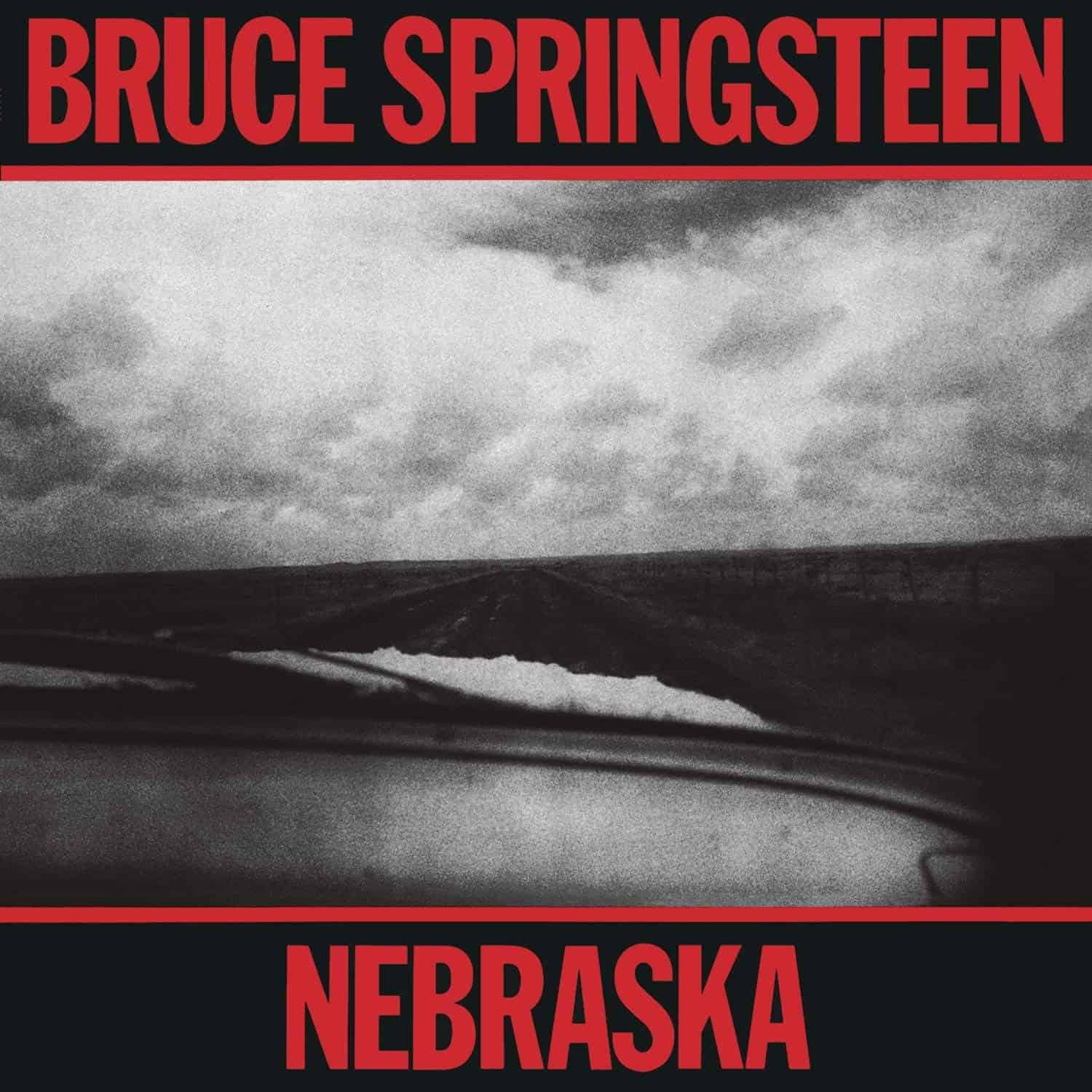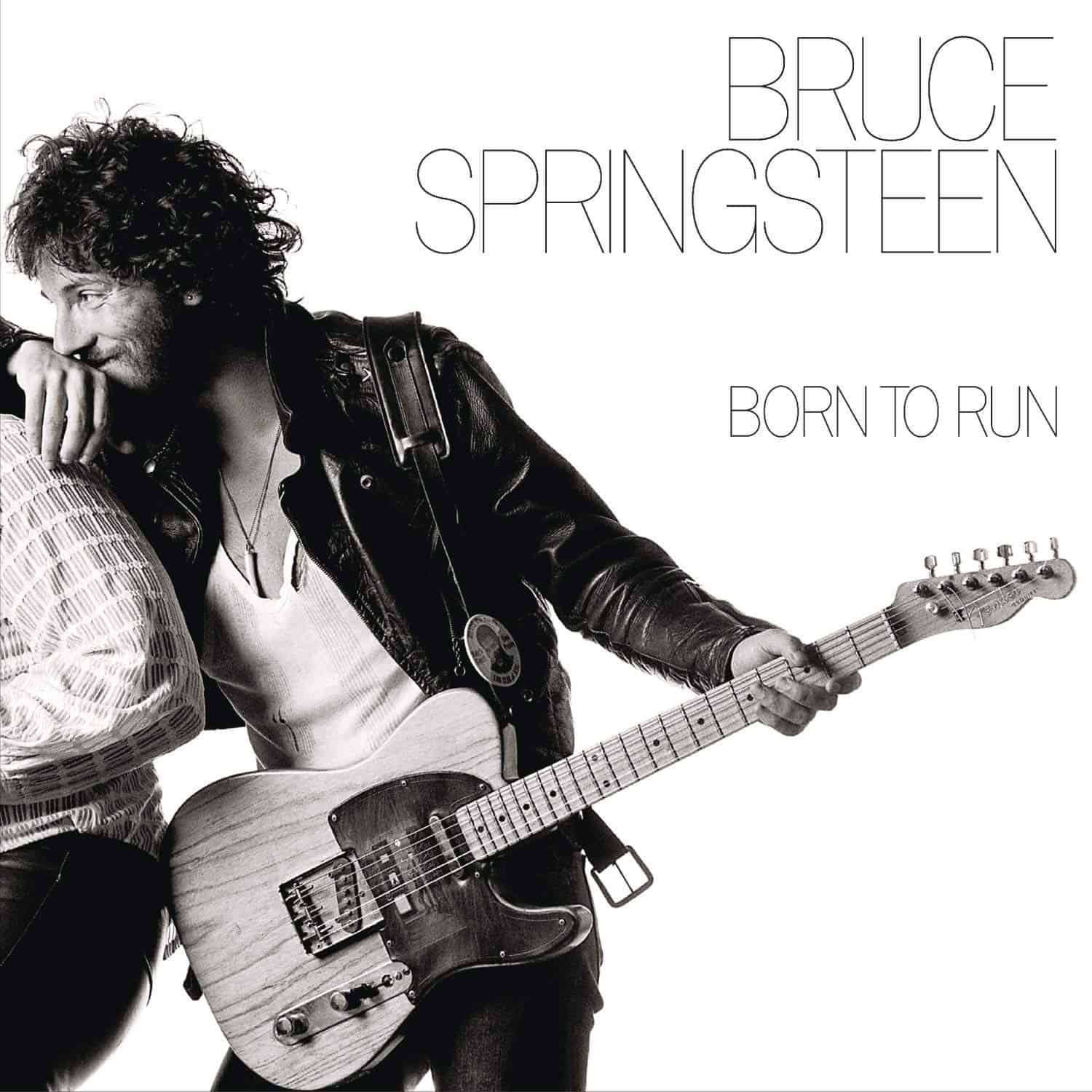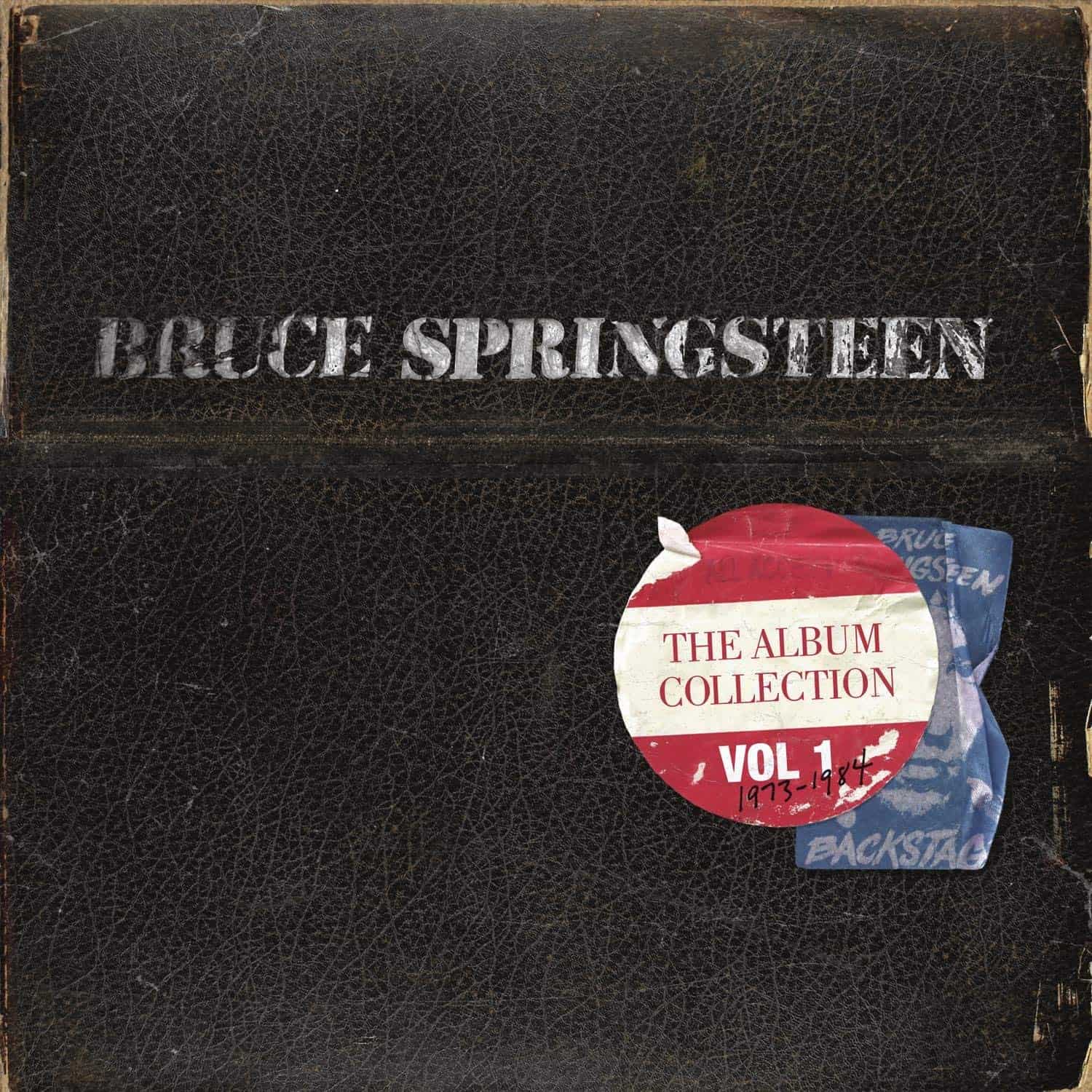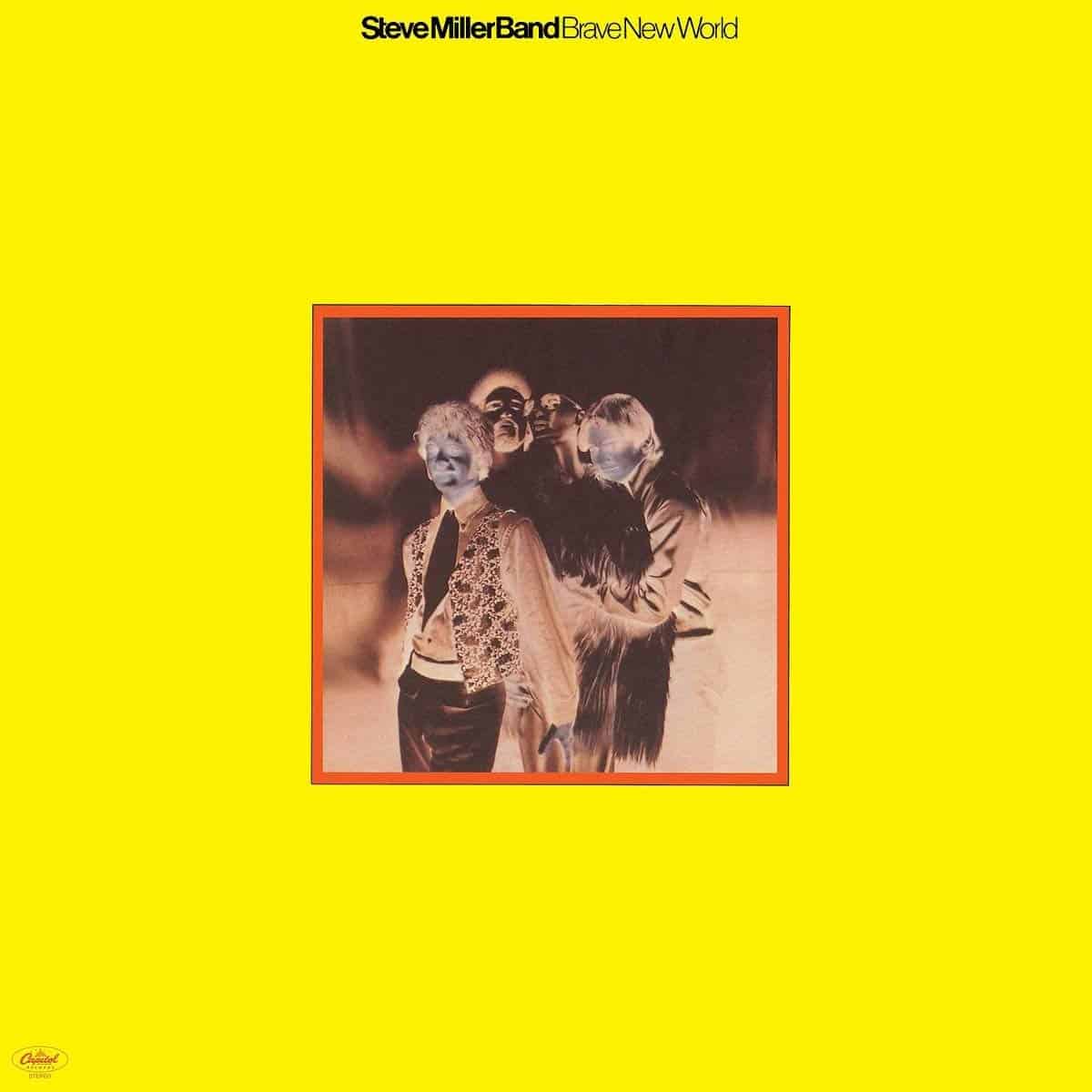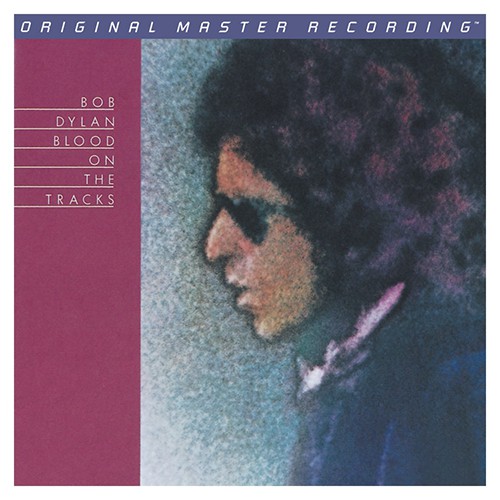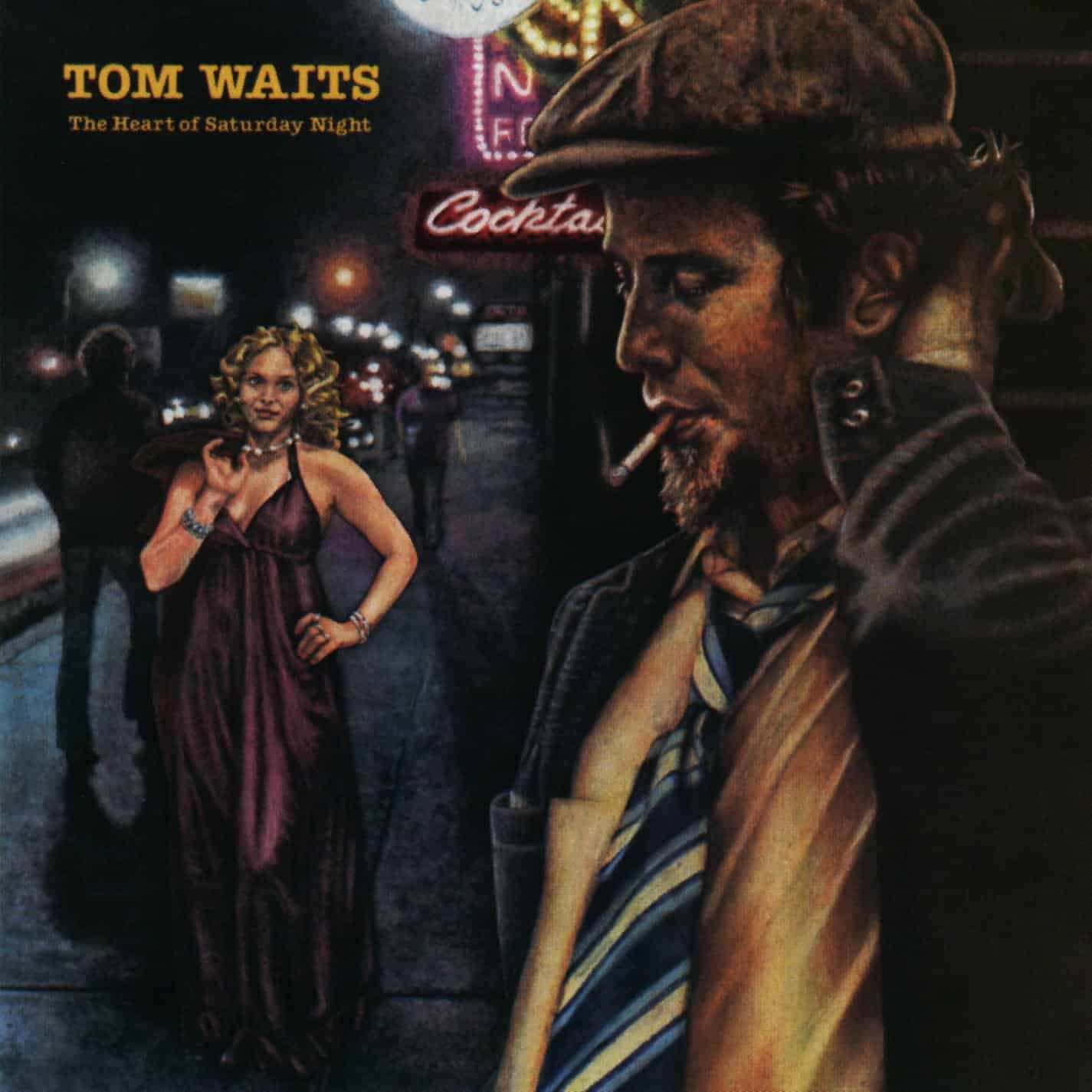Marketplace
2014 Sony Legacy Recordings PRESSING
- Catalog Number JC 35318 888750142518
- Release Year 2014
- Vinyl Mastering Engineer Chris Bellman
- Pressing Weight 180g
- Jacket Style Single
- Pressing Plant MPO
- Original Release Year 1978
- Original Label Columbia Records
- Original Catalog Number JC 35318
When listening to this album I think of this band or music:
“Candy’s Room” has always reminded me of the Velvet Underground. I think of Elvis Presley when I hear “Badlands”—maybe because Bruce Springsteen lifted a line from “King of the Whole Wide World.”
Music from this album would be a great soundtrack to this movie:
The title track could be a movie on its own. Ditto “Racing in the Street.” Both songs would work in the closing credits in films about working-class people looking for meaning and love in their lives.
Bruce Springsteen released Darkness on the Edge of Town in 1978, three years after his breakthrough Born to Run. The delay was caused by a legal battle with his former manager that witnessed Springsteen emerge with a clear vision of where he wanted to take his music. Here, the romanticism of his first three albums gets replaced with a harder look at working-class life. And just as the mixture of beauty and sadness in the title track and “Racing in the Street” remain truly moving, the rock tunes, including “Candy’s Room” and “Adam Raised a Cain,” hit hard and convey palpable rawness.
Bob Ludwig remastered Darkness on the Edge of Town using the Plangent Process, which removes wow and flutter and other anomalies from analog tape. Chris Bellman used the resulting digital file to cut the lacquers for the reissue. I’ve always liked the sound of the album, but Max Weinberg’s drums on “Badlands” on the new pressing are more emphatic and focused, and the toms reach deeper and sustain longer. In addition, the guitars cut through with authority and clarity—traits that continue throughout the album. On “Adam Raised a Cain,” Springsteen’s six-string instrument still registers maximum impact, but the overtones on his lead feel even fiercer as the piano and rhythm guitar are accurately placed behind him in support.
“Racing in the Streets” proves additionally haunting, with Springsteen’s vocals taking on a more intimate aura and the notes from Roy Bittan’s piano possessing a softer edge even as it girds the song’s atmosphere. The record’s rockers slam, but their sound is now more enveloping and further pulls you into the action. Ballads prove more dynamic, and entire record benefits from details that enrich the music—from clearer tremolos on guitar amps to better-focused, more sharply etched tambourines and backing vocals. And while “Adam Raised a Cain” and “Candy’s Room” possess more punk-rock energy on the original pressing, individual instruments now come through with more clarity. Moreover, drums sound tonally truer, Garry Tallent’s bass strings have a tighter attack, and Springsteen’s voice seems more centered and focused.
I also compared the reissue and the original LP to the 1981 Columbia Masterworks half-speed master edition (HC-45318). The latter levels off some of the top end of the original, but the bottom end sounds subdued and the rhythm guitars lack sparkle. The original pressing delivers more impact and drive.
Pressed at MPO in France, the reissue is very quiet and flat. I have experience with several of the company’s pressings, and overall, MPO’s quality compares well with Optimal in Germany—and comes very close to Pallas, RTI, and QRP, which retain a slight edge for the dead silence of their grooves. Compared to the original, the jacket is a little thicker to allow for the heavier vinyl and reproduction of the inner sleeve and lyric sheet. A good-quality paper sleeve houses the record.
Darkness on the Edge of Town has long been my favorite-sounding Springsteen album. This reissue is the best version to own on vinyl, but I won’t be surprised if I occasionally play the original to hear the slightly grittier versions of “Adam Raised a Cain” and “Candy’s Room.”
Darkness On The Edge of Town

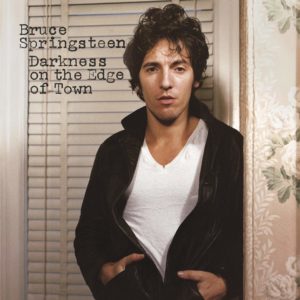
 4
4
